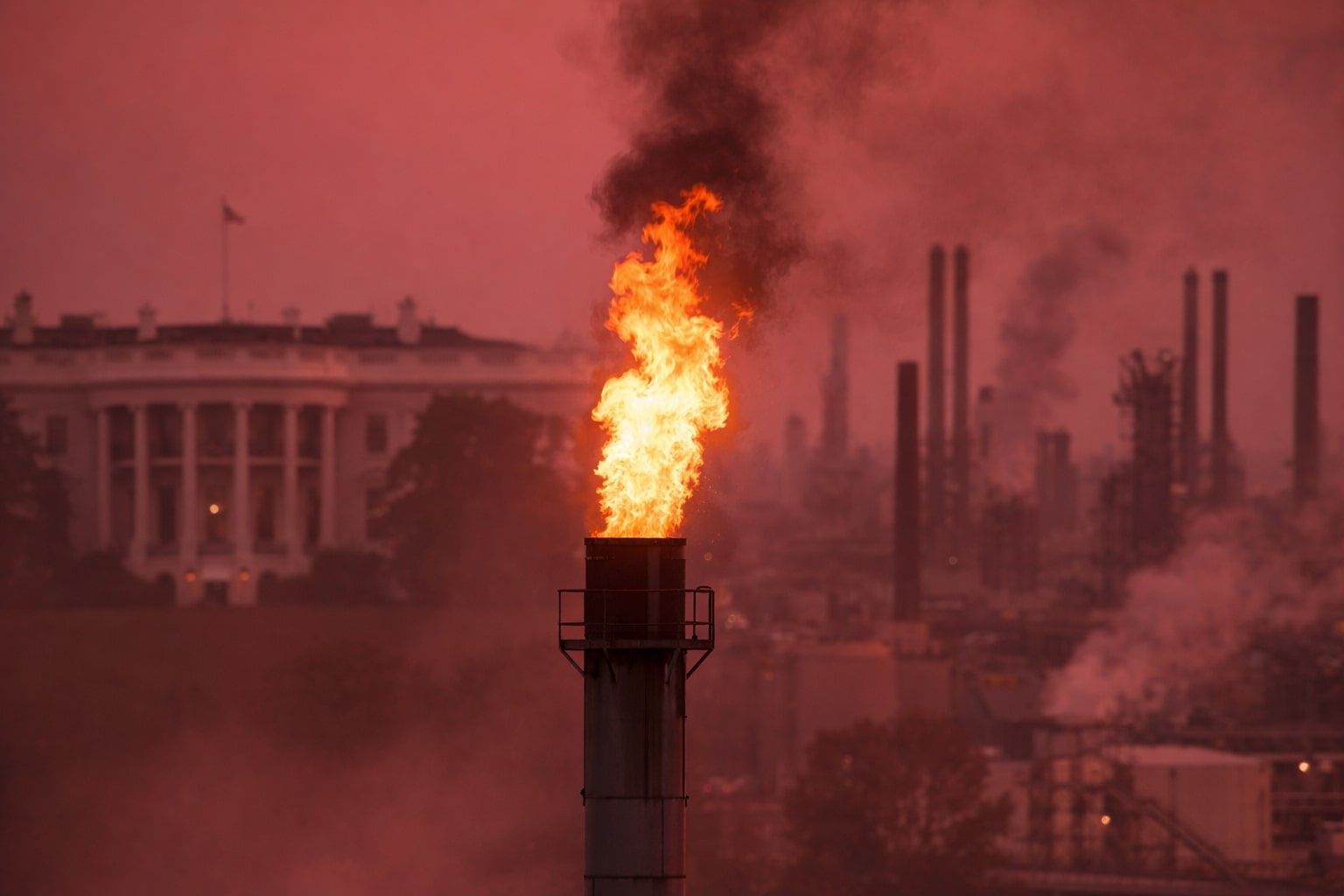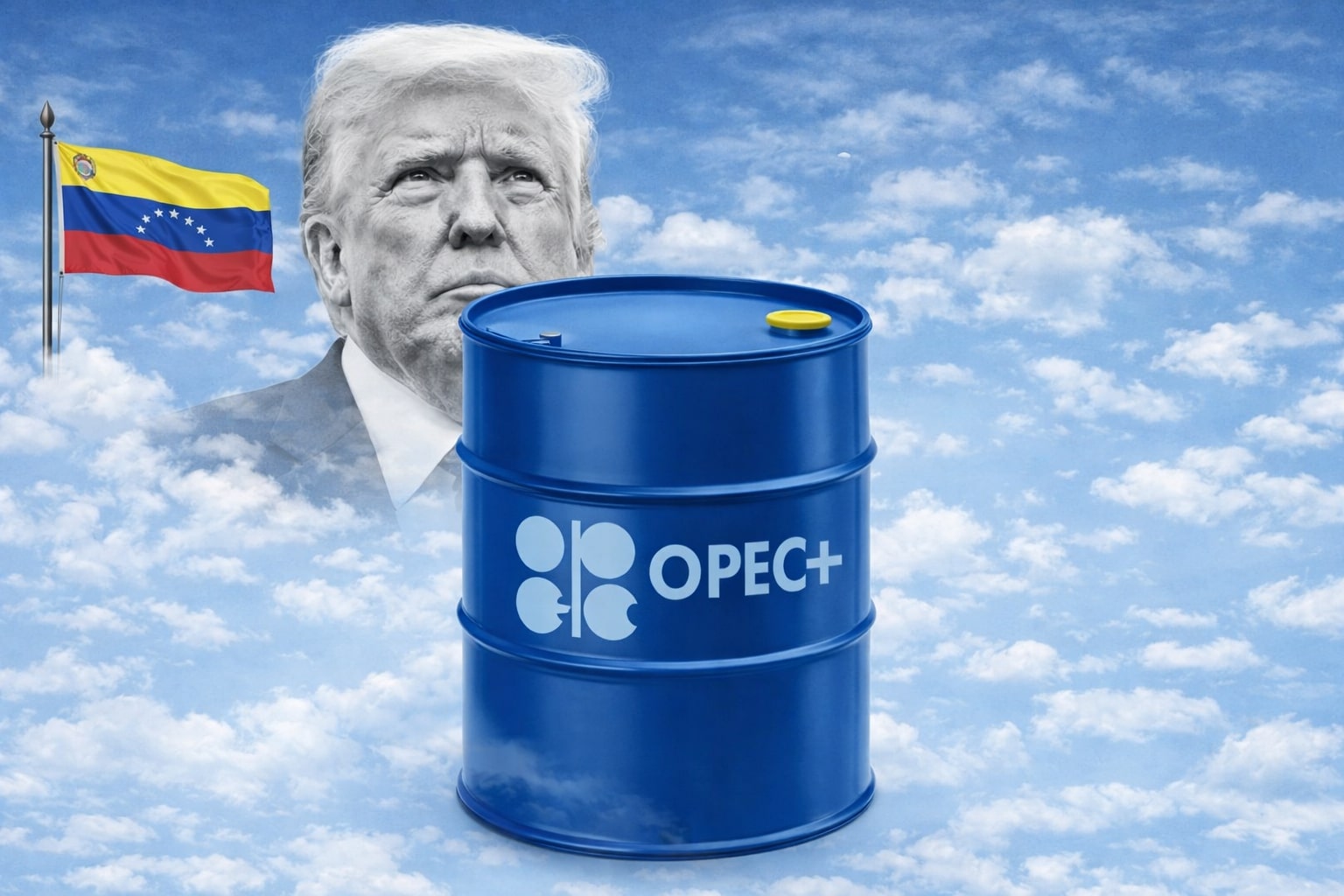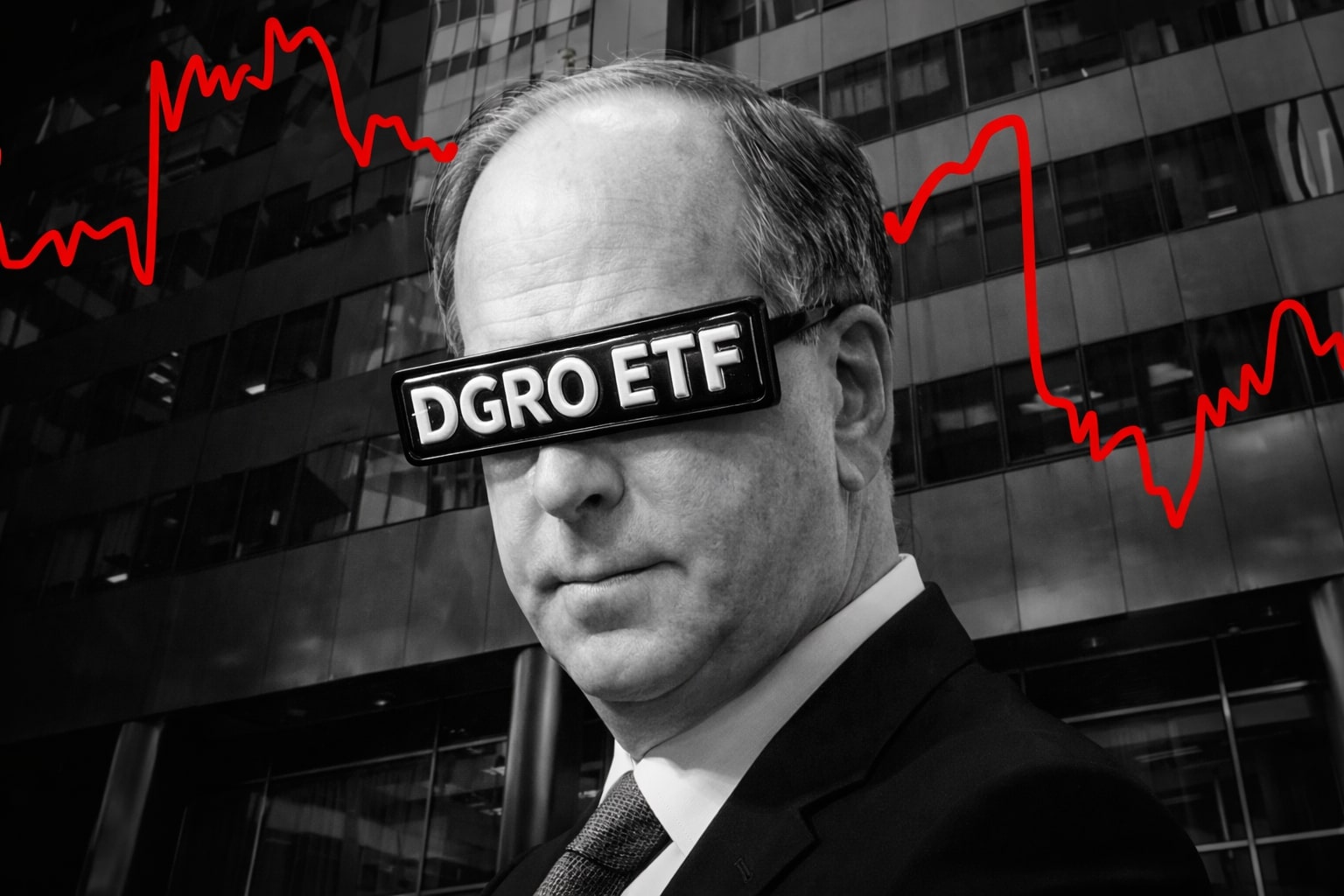
Oil Prices Hold $64.53 WTI and $68.46 Brent as Russia Supply Risks Escalate
Drone strikes on Russian refineries, Chinese stockpiling, Iranian discounts, and Fed easing keep CL=F and BZ=F in a tight but bullish range | That's TradingNEWS
WTI (CL=F) and Brent (BZ=F) Hold Gains Above Key Levels
West Texas Intermediate futures climbed to $64.53 per barrel, up 1.94%, while Brent crude advanced to $68.46, a 1.51% gain. The rally reflects a mix of geopolitical disruptions and supply-side fears, particularly after Ukrainian drone strikes hit Russia’s Primorsk and Kirishi refining hubs, temporarily disrupting flows at terminals capable of handling over 1 million barrels per day. The impact has forced Russia’s pipeline giant Transneft to warn producers of reduced storage availability, signaling further output curbs could follow if infrastructure damage persists.
Russian Supply Risks Push Market Into Tight Balance
More than 10 Russian refineries have been hit in recent weeks, with Ryazan and Ust-Luga suffering significant outages. Ust-Luga’s repairs could stretch up to six months, limiting Russia’s ability to sustain exports. Russia processes more than 260,000 bpd at Ryazan alone, roughly 5% of its national refining capacity. The attacks at Primorsk damaged two Aframax tankers alongside onshore facilities, underscoring how refined product exports remain vulnerable. This combination of physical damage and sanctions pressure heightens supply risk in Europe and Asia, cushioning oil prices from further downside.
Iran Widens Discounts as China Builds Inventories
While Russian flows face disruption, Iranian crude is trading at discounts of over $6 per barrel to Brent, compared with $3 in March. Independent refiners in Shandong, known as teapots, continue to rely heavily on these cheaper barrels, even as U.S. sanctions clamp down on specific terminals. Commercial stocks in Shandong reached 293 million barrels by late August, up 20 million from July. China’s broader strategy of stockpiling roughly 1 million bpd into reserves has created a supply cushion that could extend into 2026, effectively muting upward pressure on Brent despite conflict-driven disruptions elsewhere.
China and India Shape Demand While U.S. Policy Adds Volatility
China’s latest export quotas totaled 8.395 million tonnes for 2025, well below expectations of 9 million tonnes, signaling Beijing’s intent to tighten refined product flows and prioritize domestic needs. Jet fuel has overtaken gasoline as the leading export category, averaging 280,000 bpd, or 38% of total outflows. India, meanwhile, faces complications at Nayara Energy’s 400,000 bpd Vadinar refinery, majority-owned by Rosneft, as sanctions limit access to equipment. These moves highlight how Asia’s refining centers are caught between geopolitical risks and supply-side adjustments, amplifying volatility in WTI and Brent benchmarks.
IEA and Goldman Highlight Diverging Market Narratives
The International Energy Agency warned that 5.6% annual decline rates in conventional oil fields require 90% of upstream capital merely to offset lost capacity, not expand production. This acknowledgment of supply erosion contrasts with its earlier renewable-first stance, signaling a more pragmatic view of the energy mix. Goldman Sachs, however, notes that Russian risks remain the single biggest supply-side factor underpinning Brent, maintaining its forecast despite rising inventories and muted demand growth.
U.S. Macro Tailwinds from Fed Policy
Oil markets also react to macro policy. With the Federal Reserve expected to cut rates, the U.S. dollar’s weakness has provided risk-asset support. WTI has tested resistance near $65 per barrel, with strong support at $62 and deeper floors at $60. Brent finds resistance at $69 and support anchored around $65. These tight technical ranges show oil traders are balancing between recession fears and geopolitical risks, with Fed easing offering some relief for broader commodity demand.
U.S. and Global Product Markets Send Mixed Signals
California has passed legislation to expand domestic oil output, attempting to stabilize pump prices amid refinery shutdowns, while U.S. pump prices overall eased on the switch to winter gasoline formulations. Gasoline futures rose to $2.038 per gallon, up 1.24%, with demand trends in focus as seasonal consumption declines. In Europe, the EU’s delay of its 19th sanctions package against Russia underlines the difficulty in balancing political pressure with energy security. The bloc continues to coordinate with G7, but Russian barrels remain central to supply, particularly as China and India absorb discounted flows.
Read More
-
DGRO ETF Price: Is DGRO at $69.17 Still the Better Dividend-Growth Bet?
17.12.2025 · TradingNEWS ArchiveStocks
-
XRP Price Stuck Below $2 As XRPI at $10.74 and XRPR at $15.26 Ride $1B+ ETF Inflows
17.12.2025 · TradingNEWS ArchiveCrypto
-
Natural Gas Price Forecast - NG=F Steady Near $4 as TTF Jumps on Colder Forecasts and LNG Outage Risk
17.12.2025 · TradingNEWS ArchiveCommodities
-
USD/JPY Price Forecast: USDJPY=X 155.50 Pivot Before BoJ Hike and US CPI
17.12.2025 · TradingNEWS ArchiveForex
Investor Positioning and Market Outlook
Hedge funds and commodity managers remain cautious, with rangebound trade dominating. CL=F shows compressing momentum between $62–$65, while BZ=F consolidates between $65–$69. This lack of breakout reflects a market trapped between surplus fears—China’s 293 million barrels in storage and U.S. stock builds—and persistent geopolitical shocks that prevent sharp declines. Energy equities from ExxonMobil (NYSE:XOM) to Chord Energy (NASDAQ:CHRD) are still expanding upstream investment, but shareholder pressure, climate litigation, and regulatory headwinds cap aggressive capacity growth.
Verdict: Buy, Sell, or Hold?
With WTI at $64.53 and Brent at $68.46, the market remains in a fragile equilibrium. The combination of Russian supply risk, Iranian discounts, Chinese stockpiling, and Fed-driven macro support makes a decisive collapse unlikely. Upside toward $70–$72 Brent remains realistic if Russian disruptions persist, but the storage overhang in China and muted demand caps longer-term rallies. On balance, WTI (CL=F) and Brent (BZ=F) remain a cautious Hold, with short-term bullish bias into $69–$70, but structural headwinds preventing a sustained breakout above $72.



















